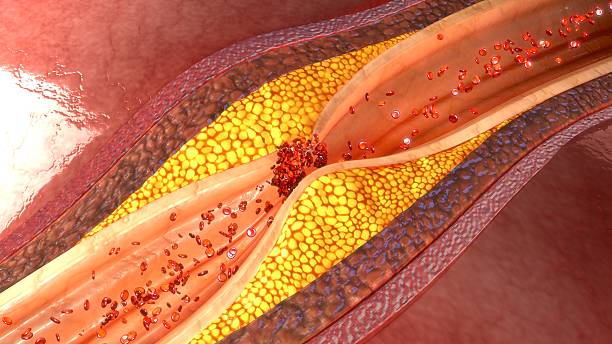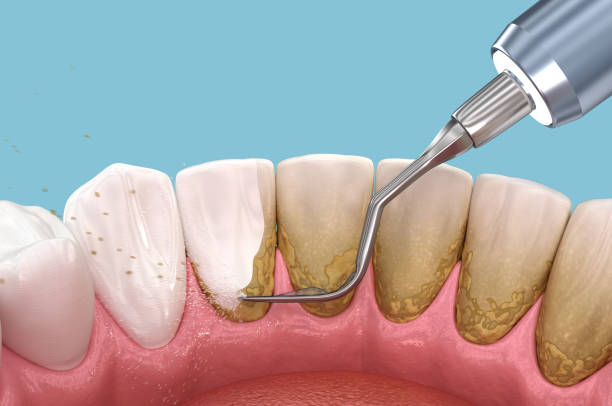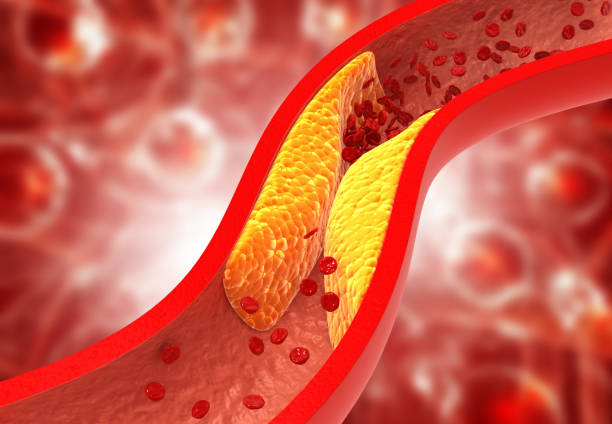what’s the difference between plaque and tartar
Great oral well-being significantly affects general well-being, and the intricacies of dental consideration require mindfulness and way-of-life changes to forestall issues. Two normal terms frequently utilized in conversations about oral cleanliness are “plaque” and “tartar.” In this far-reaching investigation,
we will look into the universe of dental well-being, more than once stressing the basic inquiry: What’s the Difference Between Plaque and Tartar?

Plaque Unraveling Puzzle
Plaque is a gob of bacteria that is colorless and sticky. They form on the teeth. It is as important as our oral companions, especially those formed by the bonding of food particles and bacteria.
What’s the Difference Between Plaque and Tartar? It is the first stage of plaque, a soft and pliable tissue embedded on the surface of the teeth.
In contradiction, films that might look harmless enough can destroy oral health. Bacteria within plaque indeed produce acids that can erode tooth enamel, resulting in cavities or other dental problems if left unaddressed. The brushing and flossing of the teeth regularly has become an important factor in the prevention of plaque.
Also Read:
- What is the Difference Between a Cheetah and a Leopard?
- What is the main difference between asexual and sexual reproduction?
- What Is the Difference Between Baking Soda and Baking Powder?
- What’s the Difference Between Liposuction and Tummy Tuck?
- What’s the Difference Between Down Syndrome and Autism?
Learning the Process of the Tartary’s Atmosphere Change
Here, we shall change the topic to the transformation of plaque into tartar. What’s the Difference Between Plaque and Tartar? Though plaque starts soft and may be easily removed with due dental care, it may harden and transform into tartar if not treated properly.
Tartar, or calculus, is a solid deposit that firmly attaches to the tooth surface. The plaque is to be differentiated from the tartar, which poses a greater challenge. What is the contrast between tartar and plaque when it comes to their impact on oral health? Tartar promotes gum disease and other dental problems, making regular check-ups and professional cleanings an imperative part of good dental health hygiene, aimed at maintaining the tartar below a certain level.
The Undesirable Effects That Come When Plaque and Tartar Dynamics Are Ignored.
The consequences of this plaque-tartar relationship are the reason why improving oral hygiene, beyond just brushing your teeth, is vital. Plaque and tartar have different impacts. What’s the difference between plaque and tartar when it comes to their influence on the improvement of oral health care routines?
Failure to use the correct oral hygiene methods may result in the accretion of plaque that, once it is not cleaned out, becomes tartar. Therefore, the tartar can make your gums inflamed, decrease tooth enamel, or even lead to tooth loss.

When dentists explain the meaning of routine dental visits to their patients, plaque and tartar buildup can be detected over time, preventing the development of oral health problems. This emphasizes the essential question: What do plaque and tartar have to do with preventative dental maintenance?
Prevention of Plaque and Tartar
Appreciation of the role of preventive measures is a key to proper oral health maintenance. In the daily oral hygiene routine, brushing, flossing, and rinsing with antibacterial mouthwash have been seen as effective ways to prevent plaque formation. Having oral care done daily will drastically lower the chances of plaque buildup, which will cancel out the transition to tartar.
Oral prophylactics and cleanings are an essential element of good preventive care. These visits will let the dental personnel spot the early signs of plaque and tartar, therefore taking the appropriate measures in time. This goes back to our core question: What’s the Difference Between Plaque and Tartar Relevant to Preventive Strategies? The secret lies in how one follows and performs an oral care routine.
Plaque and Tartar Evacuation: What’s the Difference Between Plaque and Tartar?
Tartar and plaque expulsion should be finished at home through great oral consideration techniques and expert cleaning. What’s the Difference Between Plaque and Tartar Evacuation? Before this point, plaque was uncovered as treatable for individuals who participate in brushing and flossing day to day. On the opposite side of the coin, teeth require proficient dental cleaning, and frequently little or extraordinary instruments are expected to eliminate the solidified stores.
Not managing tartar can lead to additional serious oral issues. Subsequently, the primary idea is the meaning of both individual oral cleanliness and expert dental consideration for plaque and tartar control and for having a tooth and solid grin.
Final Words
As a conclusion, dental problems can be prevented if oral health is well understood and teeth are kept in perfect shape, thus having a great smile. Throughout this exploration, what’s the difference between plaster and tartar? Plaque acts as the soft, inaugural phase of bacterial buildup, with tartar emerging as the hardened and long-lasting phase that can result in major oral health issues.
Through user-friendly oral practices and regular dental visits, every person can manage a decent level of plaque and tartar, thereby protecting their lifelong smiles. So, the next time you ponder oral health mysteries, remember to ask: What’s the Difference Between Plaque and Tartar? At the end of the day, the solution lies in the importance that we place on our dental hygiene routines and the help that we obtain from dental professionals.

FAQs
What’s the Difference Between Plaque and Tartar?
The main difference concerns the structure and time of formation. Plaque is soft and thus can be removed with good oral care, while tartar is harder, which means that it needs professional cleaning for removal.
Generally speaking, how does plaque form?
Plaque is framed when the microbes present in the oral cavity meet up with food particles and spit, delivering a tacky substance that adheres to the teeth. The subsequent dental issue is tooth rot. It happens when plaque isn’t taken out by brushing and flossing.
Thus, the plaque amasses and makes the teeth rot. The answer to what causes tartar buildup is?
Tartar is a result of plaque not being cleaned well, covering the surface of the tooth, and hardening. Factors include an unhealthy diet, such as poor oral hygiene, irregular dentist visits, or the consumption of greasy and starchy food
